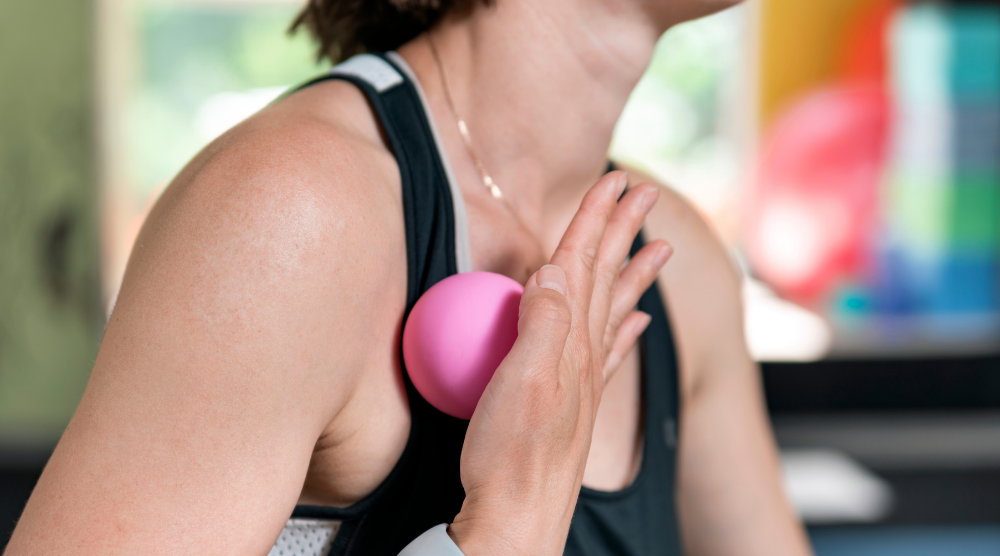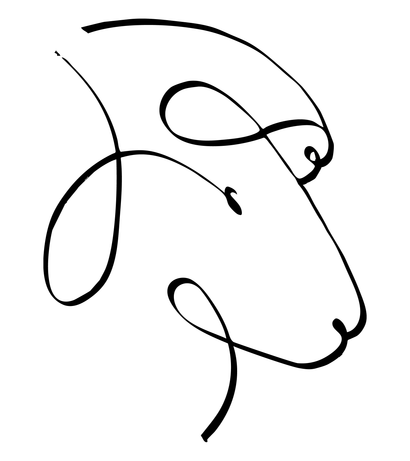Free shipping on all domestic orders over $150
Free shipping on all domestic orders over $150
Shop
Add description, images, menus and links to your mega menu
A column with no settings can be used as a spacer
Link to your collections, sales and even external links
Add up to five columns
Add description, images, menus and links to your mega menu
A column with no settings can be used as a spacer
Link to your collections, sales and even external links
Add up to five columns

From Tension to Comfort: Knitting Tips to Keep You Pain Free
April 11, 2022 3 min read
We all know knitting is a great way to relax and de-stress. Knitting’s calm, automatic, repetitive motions quiet the mind and bring peace to the soul. However, unchecked, endless hours of knitting either with great focus or with simple repetitive movements, can cause problems of their own.
Have you ever been engrossed in a complicated pattern - working the fabric, checking the chart, watching every stitch? Time goes by without you noticing it, and the next thing you know, you’ve been at it an hour or more. You’ve gotten through the tough spot in your work, but your neck and shoulders have paid the price. That’s because we usually bend our neck slightly forward when we read a pattern, follow a chart, or look at our work constantly. This posture, with our head slightly forward and down, puts pressure on the spine. The more the head moves forward, the harder our neck muscles have to work, which is often felt as a stiff, sore neck and can even lead to tight shoulders and headaches.
Imagine you’ve found yourself with an entire free weekend and you plan some serious headway on a mindless project while you binge watch the latest Netflix. Four episodes later your sweater’s ready to bind off, but there’s a strange tingling in your pinky and ring finger. That sensation is from the ulnar nerve – the same one that reacts when you hit your funnybone. When you bend your arm, the ulnar nerve has to stretch over the bony bump of your elbow, and stretching for too long will irritate it and give you those pins and needles..
You might also find your hands cramp when you work with a particular size range of needles and yarn. For some knitters, fine yarn and itty bitty needles cause extra tension in their hands - for others, it’s giant needles and super bulky yarn. It’s different for everyone, but I’m sure you have a favorite needle size that’s comfortable, while others may actually cause you hand pain.
Here are 5 tips on avoiding and reducing any discomfort from knitting or crochet.:
- Take a break - Too much of even something as wonderful and relaxing as knitting isn’t a good thing. If you’ve been sitting with your head down, your arms bent, and your hands clenched, take a moment. Put the knitting down, stand up and do something else. Get a glass of water, walk around the room, anything to change position
- Stretch – tight, sore muscles usually need a good stretch. (If you have any head or neck issues, or health concerns, please consult your doctor before doing these, or any, stretches) Start at the top with your neck muscles. Drop your chin to your chest and slowly roll your head from side to side a few times. Bring your head up, centering it on your spine and turn your head slowly from side to side.
- Straighten your arms – That overstretched ulnar nerve will be okay if you give it a chance to unstretch. Stand up and let your arms hang straight down. Rotate your wrists in both directions, Raise your arms above your head. Doesn’t that feel nice! Help prevent over stretching of this nerve generally by holding your knitting in your lap so your arms are not bent at an acute angle. Also, be aware if you have a tendency to sleep with arms bent at night. I light brace of towel around your elbows can help keep your arms straight.
- Wiggle your fingers – If you’re a tight knitter, cramped hands are all too familiar to you. Release your clenched hands by stretching your fingers out in all directions. Bend and flex your fingers . Give your fingers a wiggle and stretch.
-
Try myofascial release – this technique that focuses on releasing muscle shortness and tightness and helps with pain in the neck, shoulders, arms, hands – really any area of the body. Myofascial release is a technique that a trained therapist can perform on muscles, but she can also teach you some techniques that you can use yourself to relieve all kinds of pain. Join Stacey Spalding at our special Knitting and Myofascial Release workshop for pain free living.

